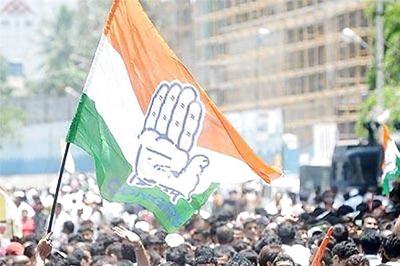
views
Bihar: The Naxalite movement in Bihar started in 1967 in the Bhojpur district.
Led by Communist Party of India (Marxist-Leninist) the aim of the movement was to take away land from private landowners and equally distribute it among the real cultivators.
They threatened to confiscate land from those who did not willingly surrender and pledged the destruction of those who resorted to violence to keep their land.
In the last 38 years a large number of districts in Bihar ad Jharkhand have come under the influence of the Naxals.
Caste dynamics have influenced the movement greatly since the 1980s.
The polarisation along the caste line deepened, when the dalits were mobilised by the Left wing extremists and increasingly stereotyped as Naxalites by the upper castes that banded together.
The entire confrontation was moulded by caste factor and not by class ideology.
The Naxalite leaders recognized the importance of caste in mobilisation.
This complex pattern of Naxalite mobilization and counter mobilization on the basis of caste gave rise to what is generally called the Sena (private army of landowners) phenomenon in Bihar.
PAGE_BREAK
Though armed gangs have been part of feudal history of rural India, Bihar is the only State in post-independence India where private armies of landowners exist.
The most powerful of such private armies of the landlords is the Rashtrawadi Kisan Mahasangh or Ranvir Sena, which became active in 1995.
The context of the Sena's activities has been conditioned by an extreme polarisation of State politics and the bureaucracy on the basis of caste.
The Sena shot into prominence after the Laxmanpur - Bathe carnage in Jahanabad district in 1997 in which 58 people, mostly women and children, were killed.
This was the biggest massacre ever in Bihar.
Since the landowner groups constituted a powerful political lobby entrenched in the government, the police and the bureaucracy, the pattern of state intervention in the conflict was selective.
However despite their connections, the state government outlawed the Ranvir Sena following the massacre.
In the last few years, the Sena has been sufficiently weakened particularly after the arrest of its chief, Brahmeshwar Singh at Patna on August 29, 2002.
The Ranvir Sena activists feel their stand is the only a way of save themselves from the Naxal threat.



















Comments
0 comment